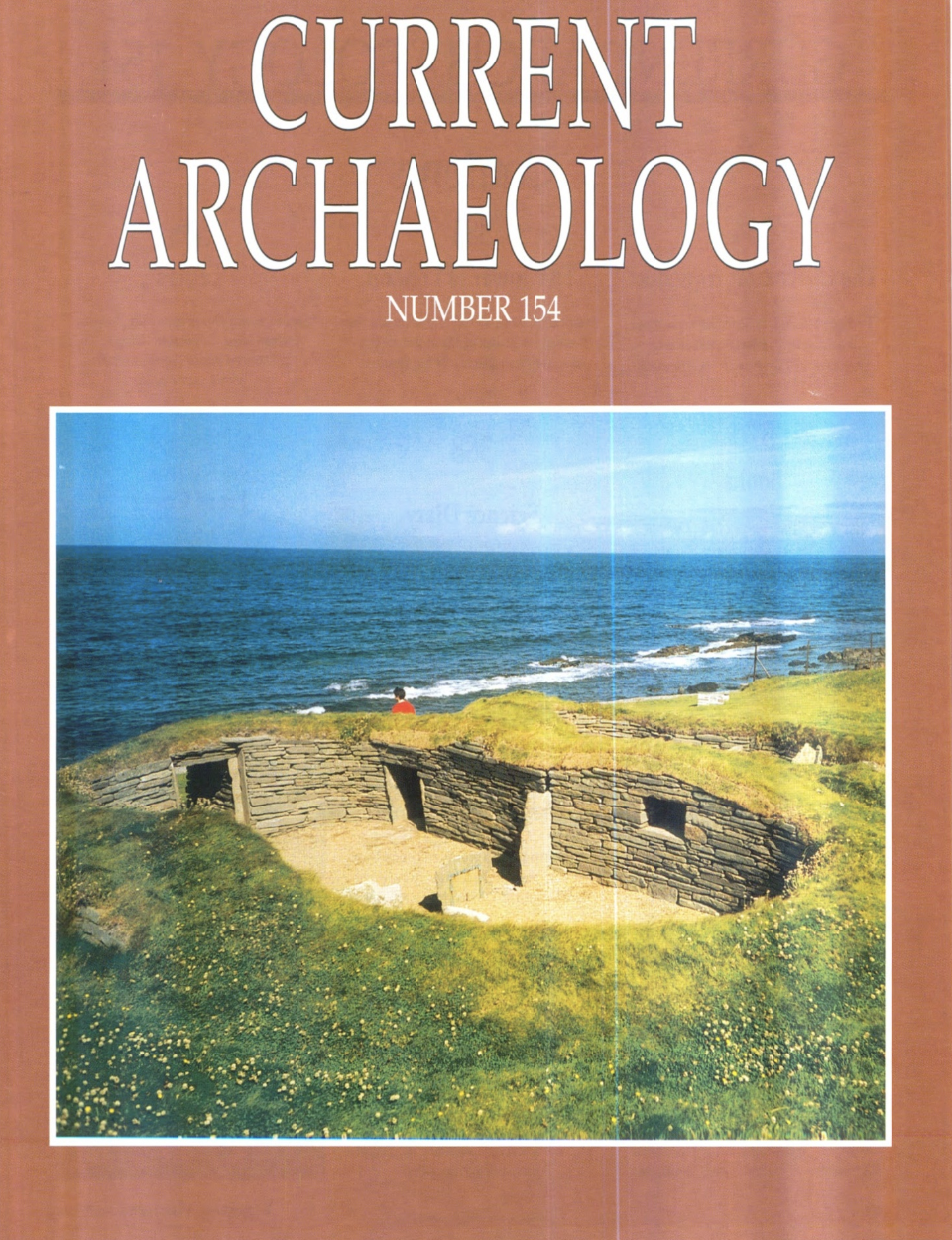In this issue we finally bring archaeology bang up to date with an article on The Archaeology of the Beatles – though we have hidden this away at the end. We begin with something more conventional.
It has long been known that the Roman town of Dorchester was served by a fine aqueduct which winds its way sinuously along the hillside to the south west of the town. But where was its source? An investigation by Bill Putnam has revealed a very substantial earth darn four metres high and over 200 metres long which apparently formed a large reservoir: was this the source for the clean water for the Roman inhabitants of Dorchester?
The Orkney islands probably have more archaeological monuments for their size than any comparable area in the world. An Orkney Archaeological Trust has now been established as a focus for research into its monuments and we provide a guide to the island and look at the background of the Trust.
Down to 1830 the Tower of London was surrounded by a moat. Proposals to dig out the moat once again have led to the discovery of Henry 11’s original entrance to the Tower: but how did it come to be blocked off by the later defences of Edward Ill?
Only three Anglo-Saxon burials with a helmet have hitherto been discovered in this country: now a fourth has been discovered at Wollaston, in Northamptonshire. Here a rich Anglo-Saxon burial has been uncovered – a warrior with helmet, sword and hanging bowl. Research and conservation work – paid for by the gravel company -is revealing further details of this armament.
And finally are the Beatles really ready to become archaeology?
The National Trust has recently acquired the house where they wrote their early songs, and here Robert Woodside applies an archaeologist’s eye to describe the background to this suburb of Liverpool, and its creation as a suburb in the middle of the century – the source of their inspiration?

